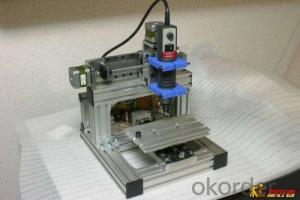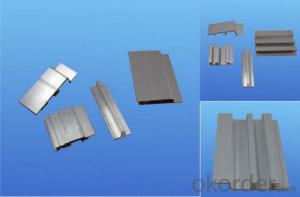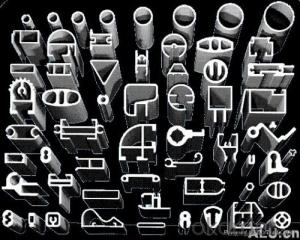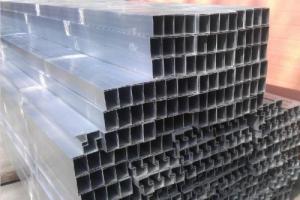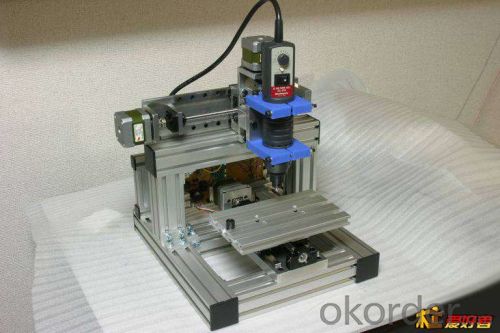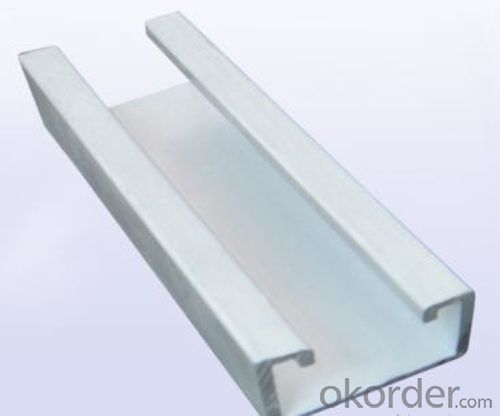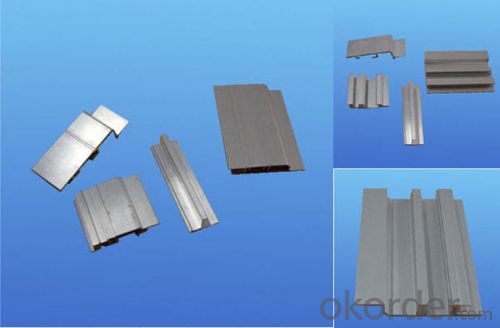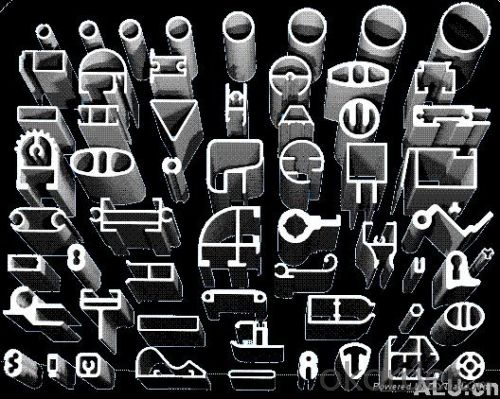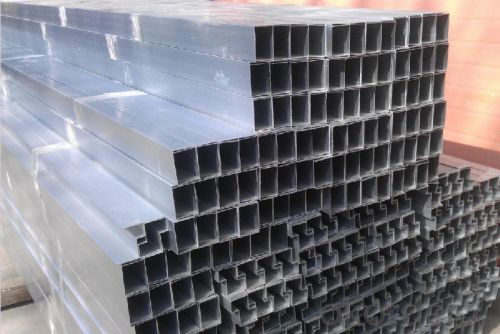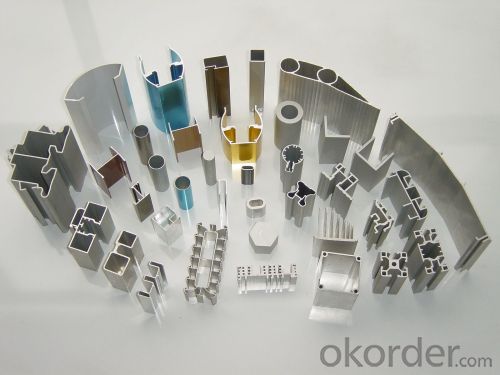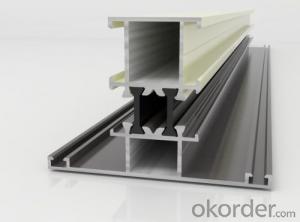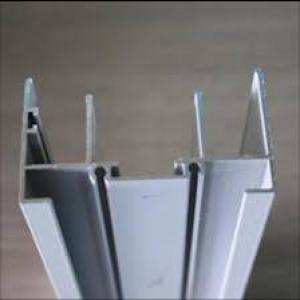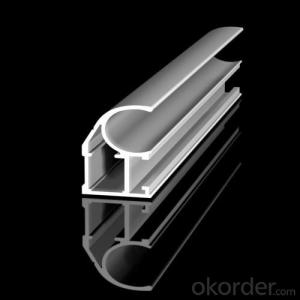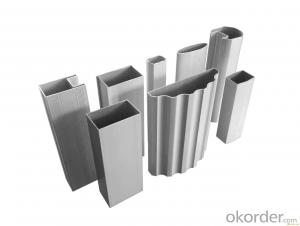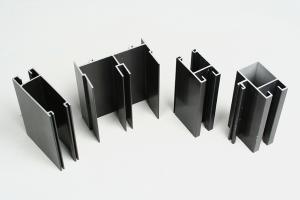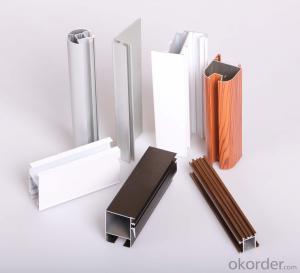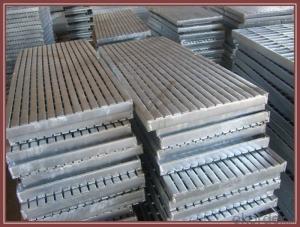Aluminum Profiles Extrusion Frame for Equipment Window Door
- Loading Port:
- Qingdao
- Payment Terms:
- TT OR LC
- Min Order Qty:
- 0.1
- Supply Capability:
- 10000 m.t/month
OKorder Service Pledge
OKorder Financial Service
You Might Also Like
Aluminum Frame
Products Introduction
Aluminum frame is made from aluminum and minerals. It's raw matrial for window frame, window frame, and other equipment frame. It's easy for construction, cost less, service longer than other materails. The size and design can be customerized.
Advantage of Aluminum Frame
-Build FLEXIBLE equipment, window, door.
-Bolt your structure together
-Build with Aluminum MORE EASILY
-Aluminum costs LESS
-Service life is more than 10 years
-Can be customerized
Specifications
(1) Product: Aluminium Frame;
(2) Material: Alloy 6063/6061/6005/6060, T5/T6;
(3) Finish: anodizing, powder coating, wooden, electrophoresis or any color;
(4) Size: customized, same as drawings or samples;
(5) Standard: High-quality;
(6) Characteristics: strong, stylish, durable, corrosion-resistant.
Aluminium Alloy: 6063, 6061, 6005, 6060 Thermal Treatment: T5, T6
Section Shapes
I, U, T, C, Z, L, H, square, round, flat, hollow, t-slot, and other complicated shapes by custom design.
Surface treating
Mill / Anodizing (oxidation) / Sand blasting / Powder Coating / Electrophoresis / PVDFCoating / Wood effect.
Application
1) - for Window and door frames, for Wardrobe cabinet sliding doors, kitchen, for Building curtain glass walls
2) -for Fencing, Rail, Deck and Frame.
3) - for Solar panel frames, solar mounting / roofing brackets
4) - for Industry assembly lines equipment.
5) - for Heatsinks, for LED lighting.
7) - other by custom design size and dimension
FAQ
-What's your company profile?
We CNBM is the largest building material supplier of China. We are Chinese government owned corporation, which takes the 267th place in WOLD FORTUNE 500 CORPORATION. We own the largest prodcution base in North and South of China. With more than 15 warehouses and offices in different countries, our products sell very well all over the world. We have whole quality control system. We'll be your reliable partner.
-Which kind of payment do you usually support?
TT, LC at sight.
-Can you provide samples?
Yes, we provide free of charge samples, you just need to pay for the delivery.
Photos:
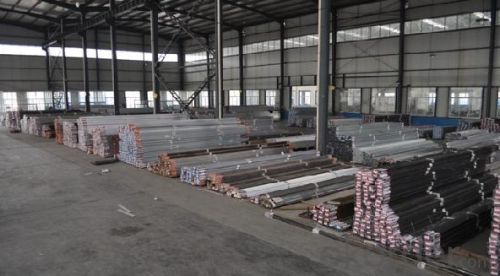
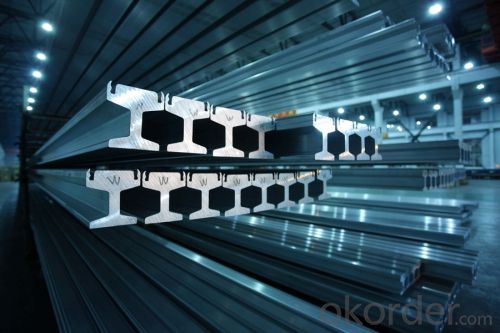
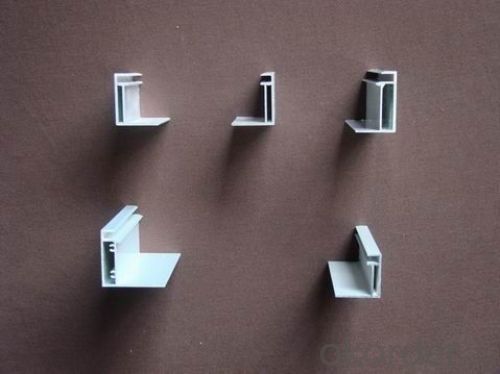
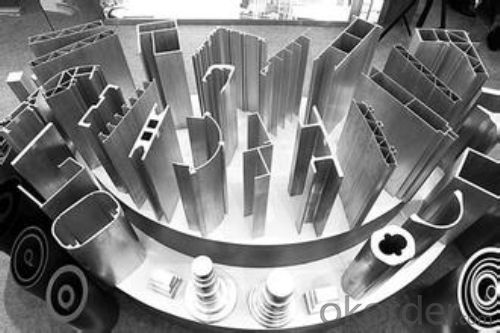
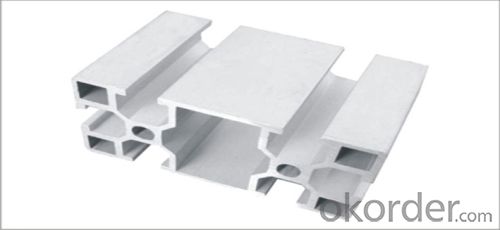
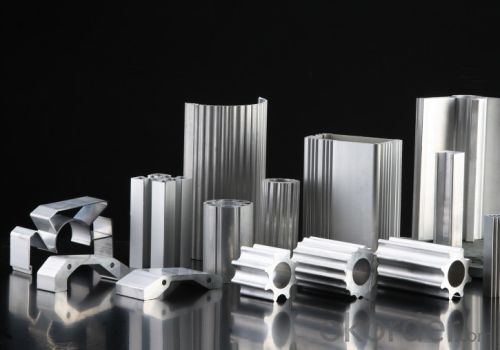
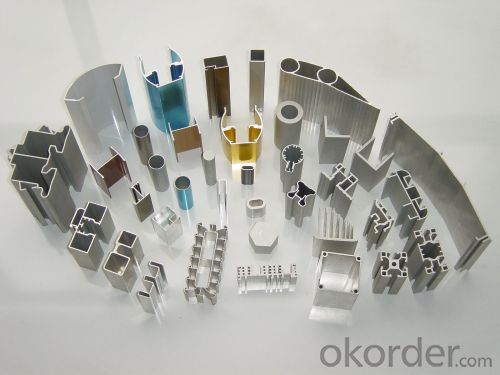
- Q: What are the safety features of aluminum profiles in construction?
- Aluminum profiles are a popular choice for construction due to their range of safety features. They are both lightweight and durable, making them easy to handle and install while still providing structural integrity. This reduces the risk of accidents or injuries during the construction process. Furthermore, aluminum profiles are non-combustible, meaning they do not contribute to the spread of fire. This is crucial for ensuring the safety of occupants and minimizing fire-related hazards. In addition, aluminum profiles have excellent corrosion resistance properties. They are naturally resistant to rust and decay, allowing them to withstand harsh environmental conditions and maintain their structural integrity over time. This is particularly important in coastal or humid areas where corrosion risk is high. Moreover, aluminum profiles can be designed to incorporate safety features such as non-slip surfaces or grooves for enhanced grip and stability. This is especially beneficial in applications where slip and fall accidents may occur, such as staircases or walkways. Additionally, aluminum profiles offer excellent electrical conductivity, making them advantageous for electrical installations. Their high thermal conductivity helps dissipate heat efficiently, reducing the risk of overheating or electrical malfunctions. Lastly, aluminum profiles are recyclable, aligning with sustainable construction practices and contributing to waste reduction and environmental impact. In conclusion, the safety features of aluminum profiles in construction, including their lightweight yet durable nature, non-combustibility, corrosion resistance, ability to incorporate non-slip surfaces, excellent electrical conductivity, and recyclability, make them a safe and sustainable choice for construction projects.
- Q: What are the factors involved in the selection of industrial aluminum profiles?
- Hardness: many customers are very concerned about the purchase of aluminum, and the preferred hardness is directly related to the chemical composition of the alloy. Secondly, the different states also have great influence. From the highest hardness, 7 lines, 2 lines, 4 lines, 6 lines, 5 lines, 3 lines, 1 lines are reduced in turn.Strength: strength is an important factor that must be taken into consideration when designing a product. As an aluminum alloy component, the appropriate alloy shall be selected according to the pressure to be taken. The strength of pure aluminum is the lowest, while the 2 and 7 series heat treatment alloys have the highest degree, and the hardness and strength have a certain lower phase relationship.
- Q: Aluminum bending or curling
- Ordinary people are squeezed out, take it with the mold, pull the bending and then aging, already aging good profiles can also pull the bend, that is, no aging before pulling good-looking, to pull the bend, the most important thing is to mold
- Q: What are the different surface polishing options for aluminum profiles?
- There are several surface polishing options for aluminum profiles, including mechanical polishing, chemical polishing, electro-polishing, and anodizing. Mechanical polishing involves the use of abrasive materials to remove imperfections and create a smooth surface. Chemical polishing uses chemical solutions to dissolve a thin layer of aluminum and produce a polished finish. Electro-polishing uses an electric current to remove surface imperfections and create a shiny surface. Anodizing is a process in which a protective oxide layer is formed on the surface of the aluminum, providing both a polished appearance and enhanced corrosion resistance.
- Q: Is it possible to recycle aluminum profiles and use them again in construction?
- <p>Yes, aluminum profiles can be recycled and reused in building construction. Aluminum is highly recyclable, and the recycling process requires significantly less energy compared to producing new aluminum. Recycled aluminum maintains its strength and properties, making it suitable for various construction applications. This practice not only conserves resources but also reduces waste and environmental impact.</p>
- Q: This question asks for guidelines to ensure the proper and safe installation of aluminum profiles.
- <p>To ensure the correct and safe installation of aluminum profiles, follow these steps: 1. Use high-quality aluminum profiles that meet industry standards. 2. Prepare the surface by cleaning and leveling it. 3. Use appropriate tools like drills, screws, and cutting equipment. 4. Follow the manufacturer's guidelines for installation. 5. Ensure proper alignment and spacing of the profiles. 6. Secure the profiles with the right fasteners and adhesives. 7. Check for any sharp edges or protrusions after installation. 8. Regularly inspect and maintain the profiles to prevent any damage or wear. By adhering to these steps, you can ensure a safe and secure installation of aluminum profiles.</p>
- Q: This question asks about the various finishing options that can be applied to aluminum profiles.
- <p>Aluminum profiles can be finished in several ways to enhance their appearance and durability. Common types of finishes include: 1. Anodizing, which provides a protective oxide layer and can be colored. 2. Powder coating, a durable and customizable finish that offers a wide range of colors and textures. 3. Electrophoretic coating, which results in a smooth, even finish and is often used for automotive parts. 4. Polishing, which can produce a mirror-like finish. 5. Brushing, which creates a鍝戝厜 texture with a satin-like appearance. 6. Painting, which can be done with solvent-based or water-based paints for a variety of color options. 7. Wood grain transfer, which gives aluminum profiles the appearance of wood. Each finish has its own advantages and is chosen based on the specific application and aesthetic requirements.</p>
- Q: Are aluminum profiles suitable for use in aerospace structural components?
- Indeed, aerospace structural components can indeed benefit from the utilization of aluminum profiles. Aluminum, given its lightweight and robust nature, proves to be an optimal selection for aerospace applications that prioritize weight reduction. Moreover, it boasts a commendable strength-to-weight ratio, exceptional resistance to corrosion, and remarkable malleability, thereby enabling the construction of intricate shapes and structures. Furthermore, the versatility of aluminum profiles is evident in their effortless integration through diverse methods such as welding, riveting, or adhesive bonding, thereby enabling their adaptability in the assembly of aerospace structural components. In summary, the amalgamation of its exceptional properties and ease of manufacturing renders aluminum profiles an apt choice for aerospace structural components.
- Q: When will the aluminum mold be padded?
- The plane will die pad is a small pad on the inside of the die sleeve, and a large pad size is the size of the inner diameter of the sliding seat, there are generally several square and circular pad, some special structure material need professional pad, such as an open slot, the structure is not very stable, when die under high pressure are squashed requires a special pad.
- Q: The company must tender, but it needs material certification, but what do not know exactly?
- Enterprise legal person business license, China Quality Association approved, the national industrial product production permit, 9001 certificate, a copy of tax registration certificate. Surely that will be enough
Send your message to us
Aluminum Profiles Extrusion Frame for Equipment Window Door
- Loading Port:
- Qingdao
- Payment Terms:
- TT OR LC
- Min Order Qty:
- 0.1
- Supply Capability:
- 10000 m.t/month
OKorder Service Pledge
OKorder Financial Service
Similar products
Hot products
Hot Searches
Related keywords
